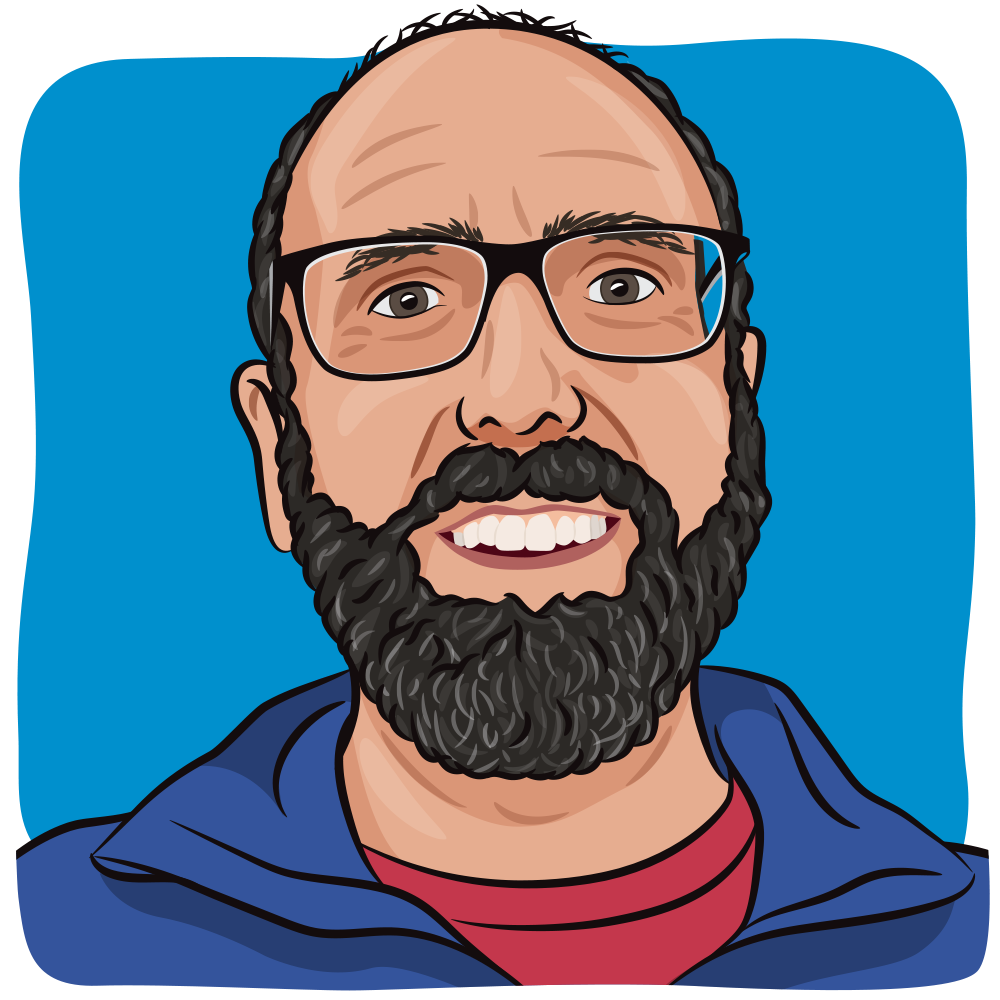Article
A Behind-the-Scenes Look at My Cancer Clinical Trial Experience
Author(s):
It’s good to have all the facts when you decide whether to participate in a cancer drug clinical trial—even the ones that make you swallow hard and tear up.
I first wrote about my clinical trial experiences eight months ago, shortly after I enrolled in my first study in hopes of stopping the progression of my stage 4 ovarian cancer. Now seems like a good time to give an update that might help other cancer patients who are considering a similar path.
My first clinical trial went well for six months. The drug had few side effects. I disliked taking oral steroids for three days every three weeks and I gained six pounds in six months. But my tumor markers were dropping steadily so I was willing to pay that price. The week my first CT scan was scheduled, my markers dropped just within the normal range for the first time. At that point I wasn’t even nervous about the scan.
Rookie mistake.
The scan showed progression, not a lot, but enough that I had to withdraw from the study. I honestly didn’t realize this was how it worked. My oncologist, who is the founder of the clinical trials clinic where I receive treatment, said that the Food and Drug Administration (FDA) requires patients to withdraw from phase 1 trials anytime there’s progression.
After giving me the scan results, he presented me immediately with another study to consider. I reviewed it and returned the next day to sign the consent form. I was in shock, but I knew I needed to make a decision quickly. The clinic scheduled the preliminary lab work, drug review, biopsy and heart tests within the next week to determine if I qualified for this new study. I did and started the oral drug a week later.
That’s the advantage of enrolling in a clinical trial at a clinic dedicated solely to these cancer trials. This clinic is currently participating in more than 80 studies. The oncologist has repeatedly assured me that I still have options. Even so, I must admit the scan results shook me to the core. I thought everything was going so well.
This is the nature of first-in-human phase 1 clinical trials. The study sponsors are trying to determine how much of their drug can be administered and still be safe. How much is needed for the drug to be effective? If it is effective, for how long? The drug kept my cancer stable for six months. That’s considered a win, but for me the relatively short duration provoked a crisis of confidence.
How many times can I keep switching to another clinical trial with progression occurring each time? How can I keep my anxiety at bay, not knowing if the drug is working and if it is, for how long? The new study drug targets a genetic mutation for which molecular profiling currently doesn’t test, so none of the participants know if we have the mutation. This feels like a shot in the dark.
I have my first CT scan on June 17, three weeks from the time that I’m writing this. In the meantime,I’ve had some 10- and 11-hour days in the clinic with hourly blood draws and periodic ECGs. I have to fast for two hours before and an hour after each time I take the drug daily. I drive 60 miles round trip to the clinic. None of this would bother me if I knew the drug was working.
My gynecological oncology surgeon told me the decision about whether to stick with clinical trials is a personal one. I still have at least two standard-of-care drug therapies left, but both are highly toxic and less than effective. He shared with me that one of them has less than a 30% success rate and then it only keeps the cancer stable rather than eradicating it. That was news to me. However, I’m glad he was honest with me. Sugarcoating at this stage of treatment isn’t helpful.
It's good to have all the facts when you decide where to enroll in a clinical trial—even the facts that make you swallow hard and tear up. The doctors and nurses taking care of me in these clinical trials are superb. The care is outstanding. Every aspect of my health is under a microscope (no pun intended).
By the same token, the studies require an inordinate amount of time and patience. Scientists create the study protocols, and it often seems clear that they’re more accustomed to dealing with lab mice than patients with lives they’re still trying to live despite their cancer. I’m working to balance the demands of a clinical trial with the desire to live my life as normally as possible. It takes work and a certain frame of mind.
My view of clinical trials remains the same as it was in my first blog on the subject: The number one reason to participate in a clinical trial is because someone has to do it so new drugs can be developed to treat and even cure cancer. All the drugs we have now were made possible by patients who were brave enough to try those drugs.
It’s hard to generalize when it comes to the myriad of cancers and cancer treatments with which patients are dealing. Clinical trials might not be right for every patient, but they’re worthy of consideration. Patients can get an overview of what clinical trials are available by going to www.clinicaltrials.gov. The site’s information includes where the trials are being offered and allows viewers to narrow the search field to nearby trials as well. It’sa great place to start.
Clinical trials aren’t for the faint of heart, but anyone who’s in cancer treatment is tough—there’s no other way to be.
For more news on cancer updates, research and education, don’t forget to subscribe to CURE®’s newsletters here.





